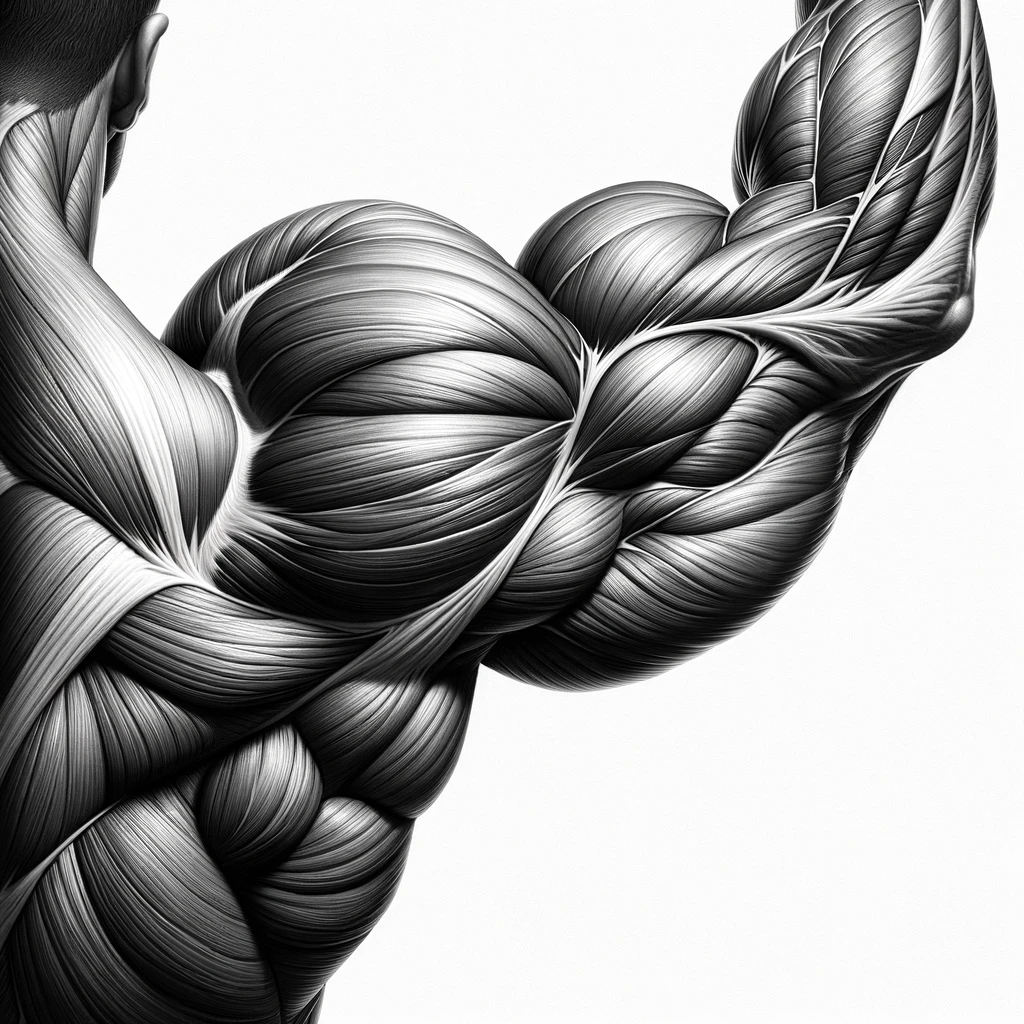Guide to the Overlooked Brachialis
The brachialis is a muscle located underneath the biceps brachii on the front of the upper arm. It plays a significant role in elbow flexion, working in conjunction with the biceps brachii and brachioradialis muscles. The brachialis runs along the anterior (front) surface of the arm and lies deep to the biceps brachii.
Functions
The primary function of the brachialis is elbow flexion. It is considered the prime mover for this action. Elbow flexion is the movement when your forearm raises towards your shoulder. While the biceps accomplish this movement as well, the biceps require a predominately supinated grip (palm facing up). The brachialis functions more dominantly when the arm is in a pronated grip.
For example, a bicep curl is accomplished when lifting the forearm towards the shoulder with your palm facing your shoulder. If you wanted to train the brachialis, you would simply just rotate your grip 180 degrees into a pronation grip. So unlike the biceps, the brachialis does not contribute to forearm supination. It is more focused on pure elbow flexion and is particularly active when forceful flexion is required.

The brachialis can contribute to elbow flexion independently of the position of the forearm. This makes it a key muscle in movements like hammer curls. Training the brachialis is important for overall arm development and strength. Exercises that emphasize elbow flexion, such as hammer curls and reverse curls, target the brachialis effectively. Much like the biceps and triceps and their tendons, the brachialis is also very susceptible to overuse injuries. This arises on exercises like pull-ups and extension exercises where the brachialis isn’t the primary driver so it typically goes unnoticed until you wake up with an ache in your forearm.
The biceps are extremely popular while the brachialis, just 180-degree rotation away, is virtually unheard of. This tends to be problematic as we go to the gym and blast bicep curls while forgetting to switch our grip. When the brachialis is neglected, it leads to imbalances in the forearm muscles as well as the entire arm. I’ve seen many cases of elbow pain, forearm aches, and especially wrist issues because some individuals’ biceps are so much more developed than their brachialis.
The Coracobrachialis
The coracobrachialis is a muscle located in the upper arm, just above the brachialis. It is not visible, it arises from the coracoid process of the scapula and inserts into the medial surface of the humerus. Assisting in bringing the arm toward the body and contributes to shoulder flexion, although, it is not the primary driver of these movements.
The coracobrachialis primarily aids in stability. Since its functions are often integrated with the actions of other muscles, the primary driving movements for muscles will also train the coracobrachialis. Not that important, but just thought I’d mention it.
For more info on general arm anatomy, check out the ultimate guide for Everything Arms!

